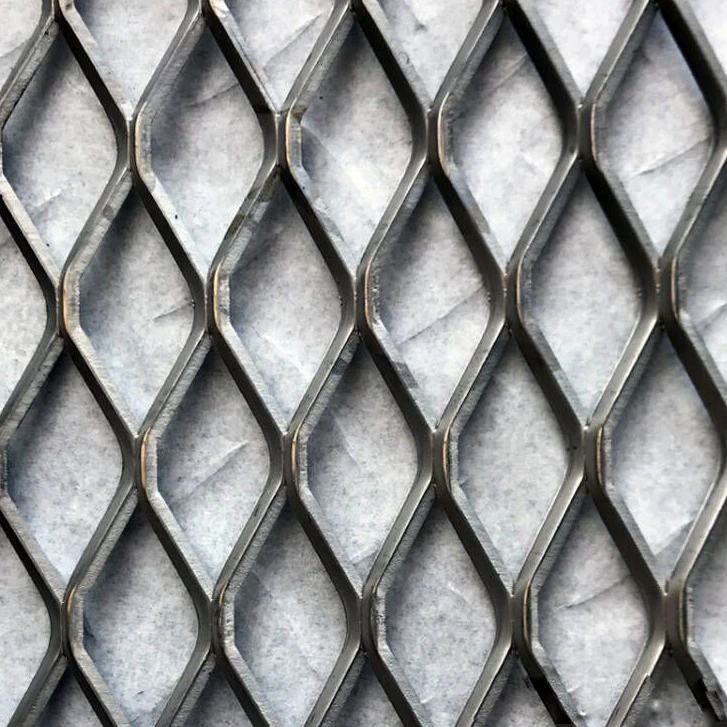Understanding the Cost of Anti-Climb Fences
In an increasingly security-conscious world, many individuals and businesses are turning to anti-climb fences as a reliable solution to deter intruders and enhance the overall safety of their properties. These specialized fences are designed to prevent unauthorized access, making them a crucial investment for areas susceptible to vandalism or theft. However, before committing to such a purchase, it is essential to understand the factors that influence the cost of anti-climb fences.
What Are Anti-Climb Fences?
Anti-climb fences are constructed with features that make them difficult to scale. They often incorporate designs such as pointed tops, sharp edges, or barriers that thwart climbing attempts. Some models might include additional security features such as barbed wire or spikes. Beyond their physical attributes, anti-climb fences can be made from various materials, including steel, aluminum, and chain-link, each with differing price points and levels of durability.
Factors Influencing Costs
1. Material Choice The material significantly impacts the fence's cost. Steel fences, known for their strength and durability, tend to be more expensive than chain-link options. Aluminum provides a lightweight alternative but may not offer the same level of security as steel. Additionally, the cost of raw materials can fluctuate based on market conditions.
2. Height and Design The height and design of an anti-climb fence also play a critical role in determining the total cost. Taller fences generally require more materials and taller posts, which can increase labor costs during installation. Custom designs with intricate features or added security measures will further drive up expenses.
3. Installation Costs While purchasing the fence is a significant upfront cost, installation can also add a substantial amount to the overall price. The complexity of the installation process—such as the need for excavation or the layout of the land—will influence labor rates. Hiring professionals to install the fence is typically recommended, as improper installation can undermine the security features intended.
anti climb fence cost

4. Location The geographical location of the installation site can also affect costs due to variations in local labor rates, building codes, and terrain. Urban areas may experience higher costs due to increased demand and stricter regulations, while remote locations could incur additional transportation fees.
5. Permits and Regulations Depending on local laws and zoning regulations, obtaining the necessary permits for fencing can add to the overall cost. It’s essential to check with local authorities to understand what is required before proceeding with installation.
6. Maintenance and Longevity Although the initial investment is crucial, it's wise to consider the long-term maintenance costs associated with the chosen fence type. Some materials may require regular painting or treatment to resist rust and degradation, while others may have a longer lifespan with minimal upkeep.
Average Costs
While specific prices can vary widely based on the factors mentioned above, a standard chain-link anti-climb fence can cost between $10 to $30 per linear foot, while more robust options like welded steel plates may range from $30 to $100 per linear foot, depending on height and design complexity. Installation costs can add an additional $5 to $15 per foot.
Conclusion
Investing in an anti-climb fence can significantly enhance security for both residential and commercial properties. However, understanding the various factors that affect the cost is crucial for making an informed decision. By considering material choice, design, installation factors, and potential long-term expenses, property owners can better prepare their budgets and select the most effective anti-climb fencing solution tailored to their needs. Ultimately, while the initial investment may seem high, the peace of mind that comes from enhanced security often justifies the expenditure.
-
Why Galvanized Trench Cover Steel Grating Resists Corrosion
NewsJul.10,2025
-
The Versatility and Strength of Stainless Expanded Metal Mesh
NewsJul.10,2025
-
Load Calculations in Steel Grating Platforms
NewsJul.10,2025
-
Keeping Pets and Kids Safe with Chicken Wire Deck Railing
NewsJul.10,2025
-
Hole Diameter and Pitch for Round Perforated Metal Sheets
NewsJul.10,2025
-
Aluminium Diamond Mesh in Modern Architecture
NewsJul.10,2025
Subscribe now!
Stay up to date with the latest on Fry Steeland industry news.

